Development
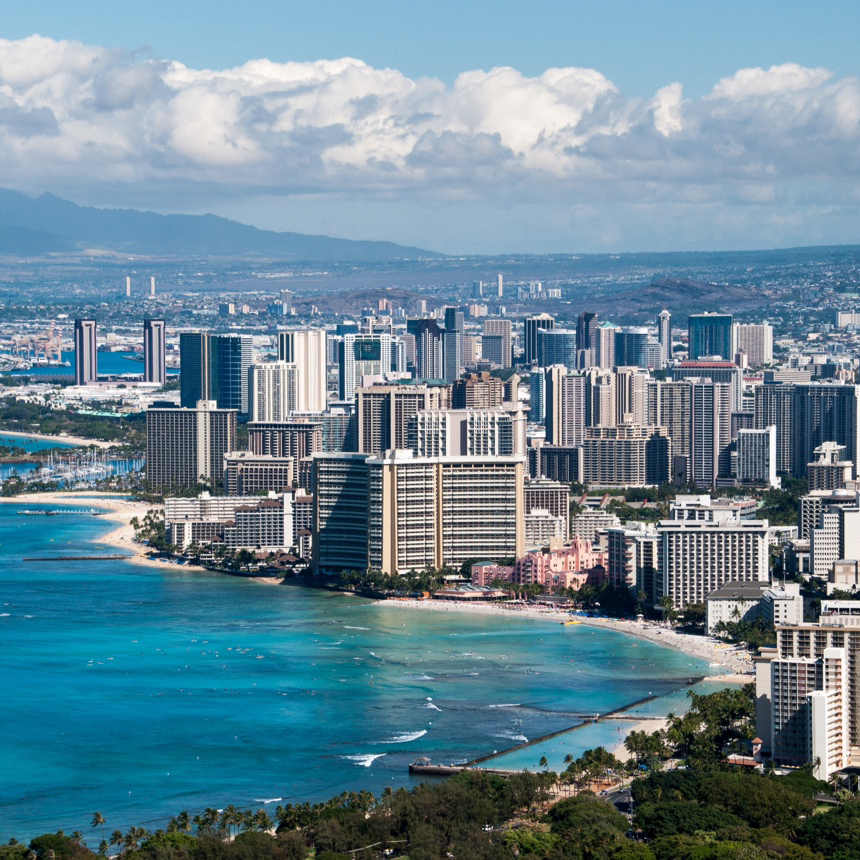
Developing design flood elevations and envisioning sea-level rise adaptation strategies for a densely developed coastal community, Waikīkī, Hawai‘i for improved outcomes for communities, economy, and the stewardship of marine resources
Research Projects 2024-2026 PRINCIPAL INVESTIGATOR: Wendy Meguro Co-INVESTIGATOR: Charles Fletcher Sea Grant Graduate Fellow: Research Track: Island Resilience and Sustainability Since 2020, the interdisciplinary research team has enhanced Hawai‘i’s resilience by gathering feedback from hundreds of community members to create ...
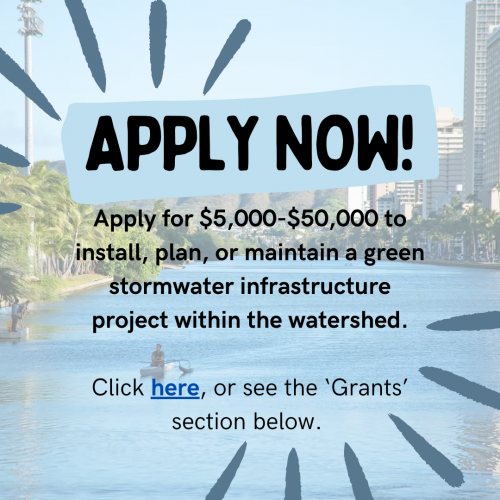
Ola Waikīkī!
Ola Waikīkī! Ola In Hawaiian, means well-being, living, thriving, and healthy—but it also connotes salvation, healing, and survival. This webpage is a resource for community members, planners, and policy makers to learn about water quality issues the Ala Wai Watershed ...
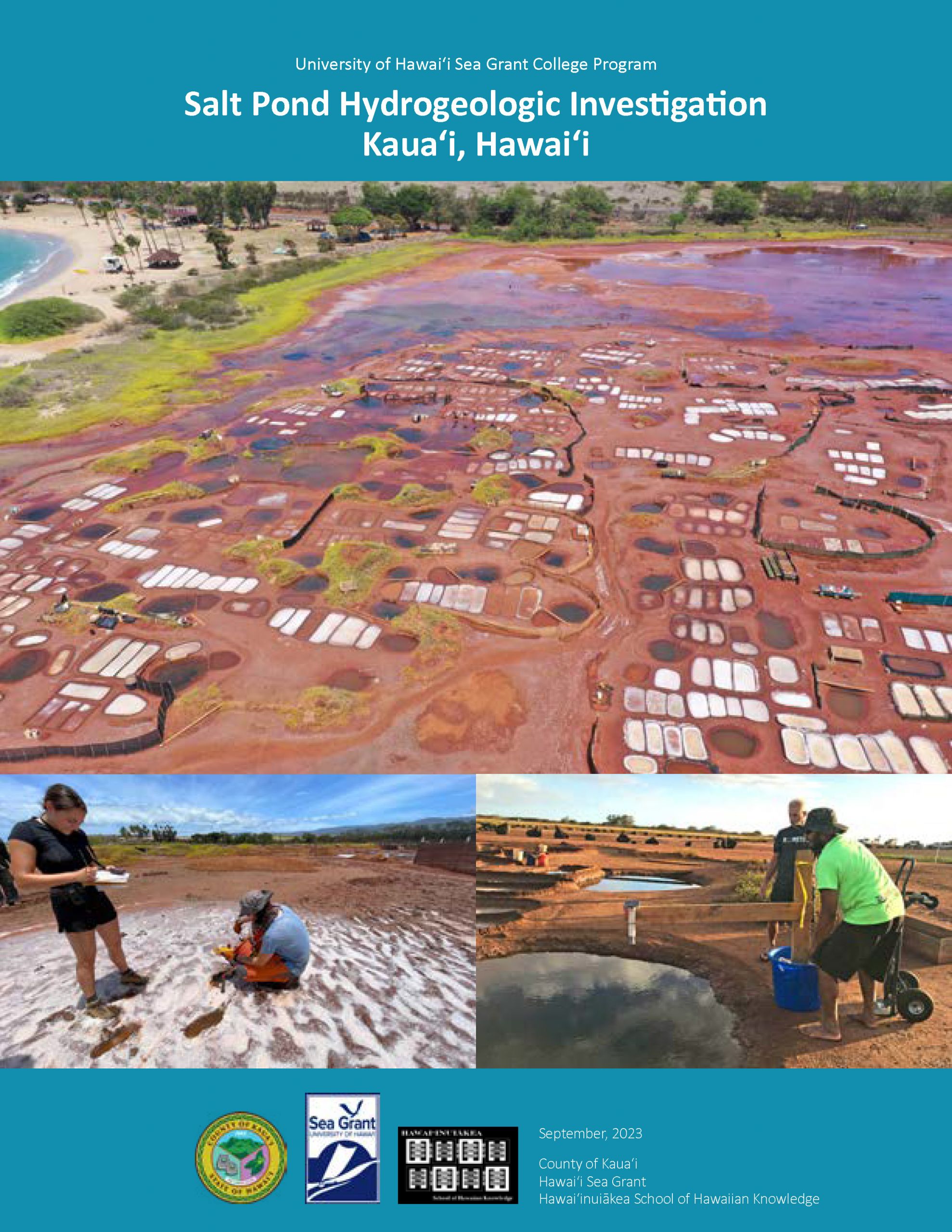
Salt Pond Hydrogeologic Investigation Kaua‘i, Hawai‘i
The Hawaiian cultural practice of making salt is one of Hawai‘i’s oldest traditions and Hanapēpē Salt Pond is one of the last places in all of Hawaiʻi that continues this tradition. The area and practice is highly treasured and protected ...
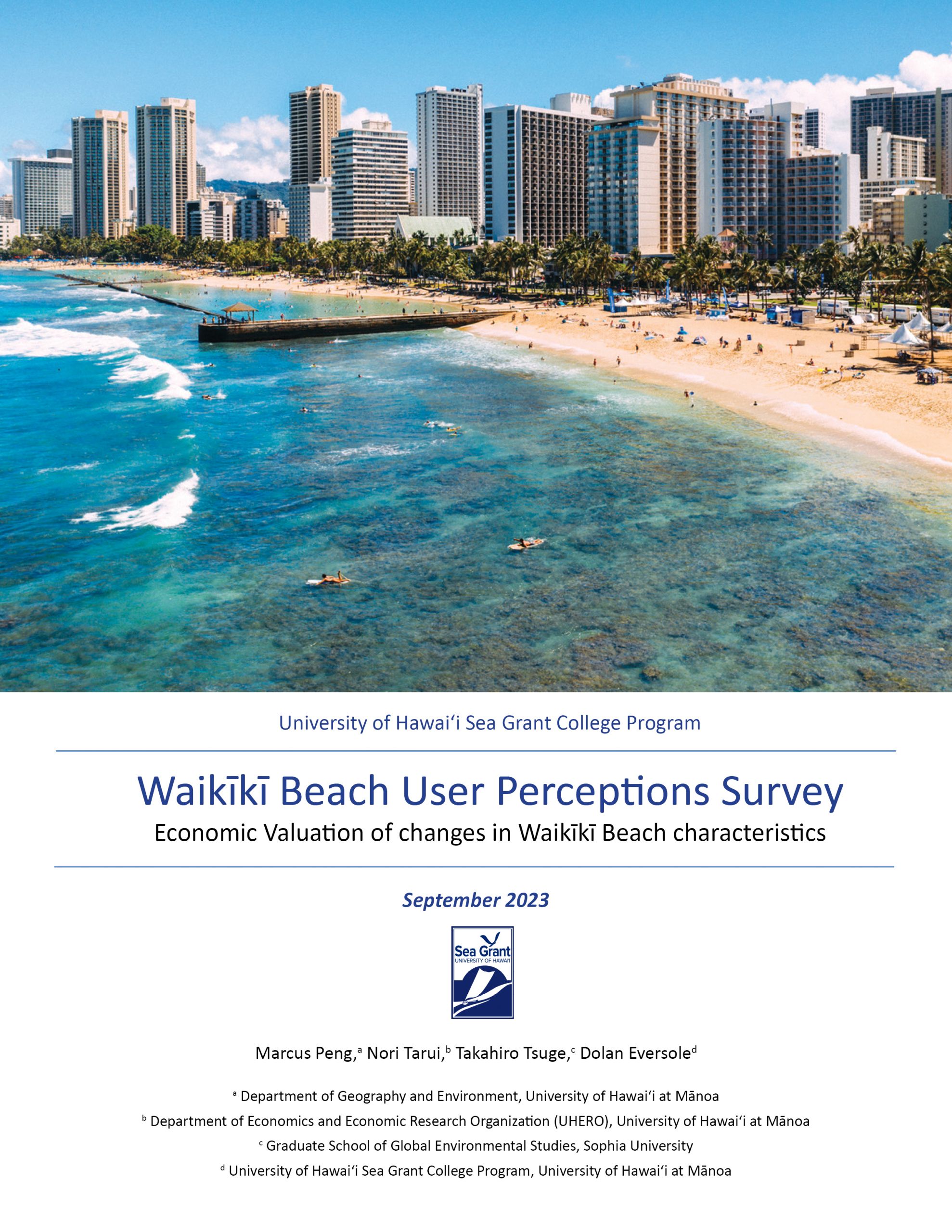
Economic Valuation of changes in Waikīkī Beach characteristics
Executive Summary Waikīkī Beach accounted for some $7.8 billion in visitor expenditures in 2019, representing 38% of total visitor expenditures statewide. Though the economic value of Waikīkī Beach is considered to be substantial, few studies have estimated the value in ...

Three graduates from University of Hawai‘i at Mānoa in prestigious marine policy fellowship in Washington, D.C.
July 20, 2023 (Honolulu, HI) – Three graduate students from the University of Hawai‘i at Mānoa, Gina Selig, Sarah Tucker, and Emily Young, are spending one year focusing on critical marine policy issues in Washington, D.C. representing the University ...
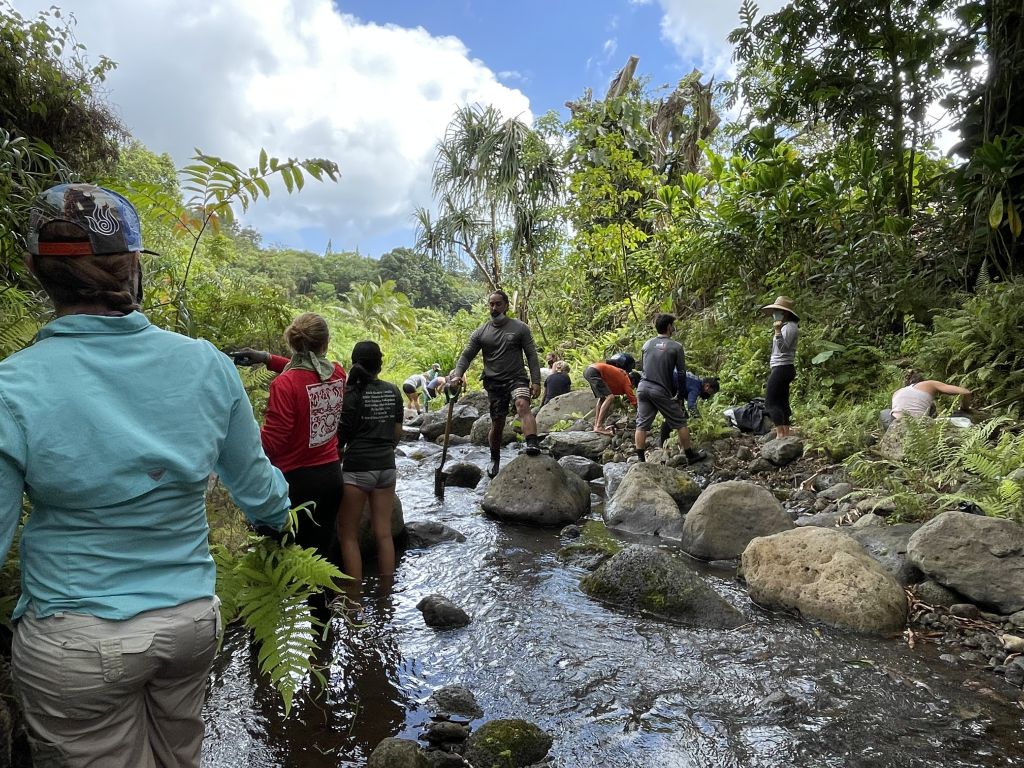
Innovative place-based graduate education at UH Mānoa receives funding boost
(Honolulu, HI) – University of Hawai‘i (UH) at Mānoa faculty who developed an innovative graduate course focused on place-based research were awarded funding from the National Science Foundation (NSF) in support of their efforts. The NSF Innovations in Graduate Education ...
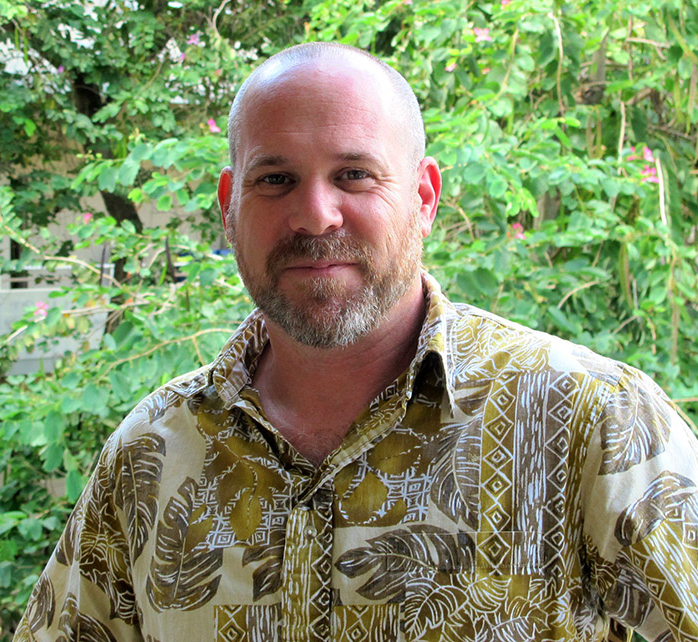
Dr. Darren T. Lerner elected president of Sea Grant Association for two-year term
Dr. Darren T. Lerner elected president of Sea Grant Association for two-year term The appointment will help focus nationwide attention on ocean and coastal issues throughout the Pacific region (Honolulu, HI) – Dr. Darren T. Lerner, director of the ...
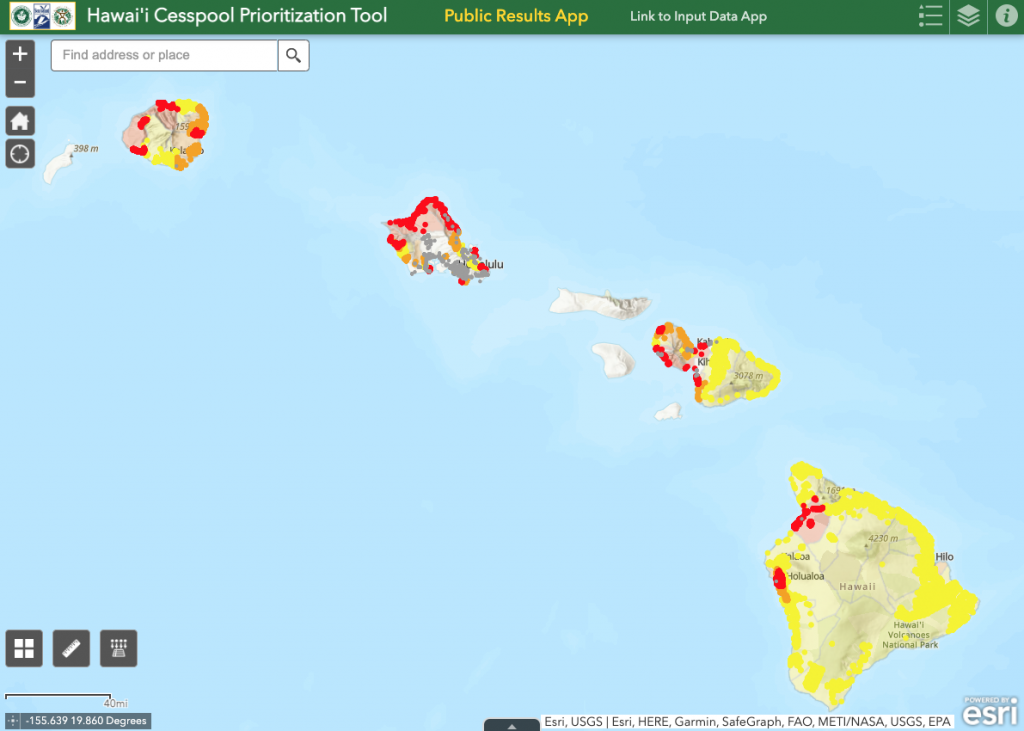
Hawai‘i Cesspool Hazard Assessment & Prioritization Tool
Hawai‘i Cesspool Prioritization Tool The Hawai‘i Cesspool Prioritization Tool (HCPT) is a map-based tool that displays the prioritization level for each of Hawai‘i's 83,000+ cesspools. Per Act 125 Session Laws of Hawai‘i (2017), all cesspool owners are required to upgrade, ...
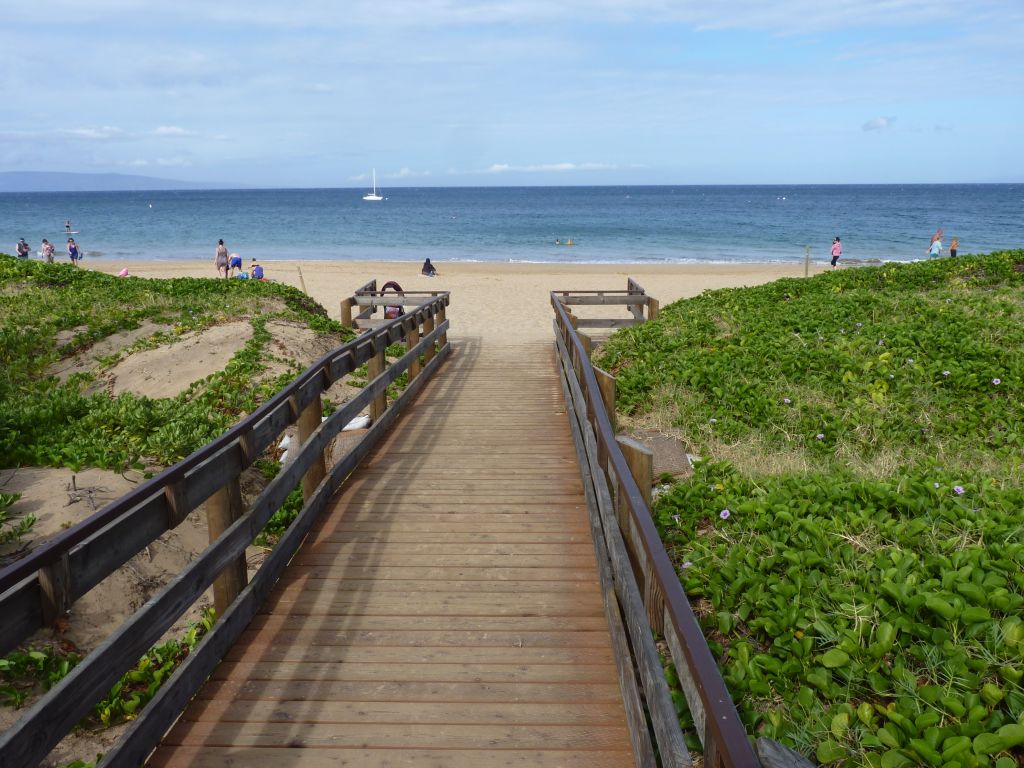
Protecting Hawaiʻi’s beaches, dunes focus of free webinar
Protecting Hawaiʻi’s beaches, dunes focus of free webinar To increase awareness of the importance of preserving and restoring coastal dunes, the University of Hawaiʻi Sea Grant College Program (Hawaiʻi Sea Grant) released the newly published Hawaiʻi Dune Restoration Manual, and ...
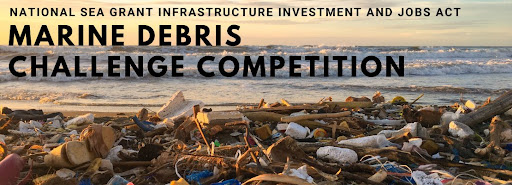
NATIONAL SEA GRANT INFRASTRUCTURE INVESTMENT AND JOBS ACT Marine Debris Challenge Competition Now Open
Important Due Dates: July 29, 2022, 12:00PM (noon) HST: Completed Partnership form due to Hawaiʻi Sea Grant August 9, 2022, 8:59PM HST: Letters of Intent (LOI) will be sent to the National Sea Grant Office by Hawaiʻi Sea Grant September ...

